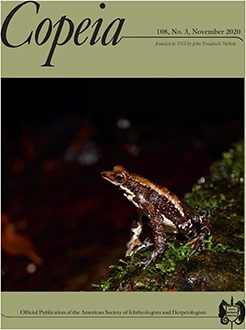Previous studies have reported egg attendance as the most common protective behavior among the Neotropical frog family Centrolenidae. However, research on the effect of parental care and other factors thought to affect offspring survival is still missing for a great number of species. Here, we performed field observations during day and night to associate male-only care, habitat characteristics, and environmental variables with egg clutch survival in the understudied glass frog, Hyalinobatrachium talamancae. We conducted 34 nest survival models for 39 egg clutches considering constant daily survival rates, temporal variation in the survival probability, and other biotic and abiotic variables thought to affect the survival of embryos. We found that egg attendance was strongly associated with egg clutch survival in H. talamancae. Our results showed similar degrees of parental investment during day and night, accounting for extensive caring periods over one or multiple clutches as paternal care did not hinder re-mating in this species. Egg clutches exhibited daily survival rates of 0.93±0.02, often reaching pre-hatching stages when attended by males. Our results may thus suggest that egg attendance is a major, if not predominant, determining factor of embryo survival in H. talamancae. This study contributes to the understanding of the natural history associated with paternal care in H. talamancae and provides insight into the evolution of prolonged male-only care in the family Centrolenidae.
How to translate text using browser tools
8 September 2020
Egg Clutch Survival under Prolonged Paternal Care in a Glass Frog, Hyalinobatrachium talamancae
Wagner Chaves-Acuña,
José A. Salazar-Zúñiga,
Gerardo Chaves
ACCESS THE FULL ARTICLE





